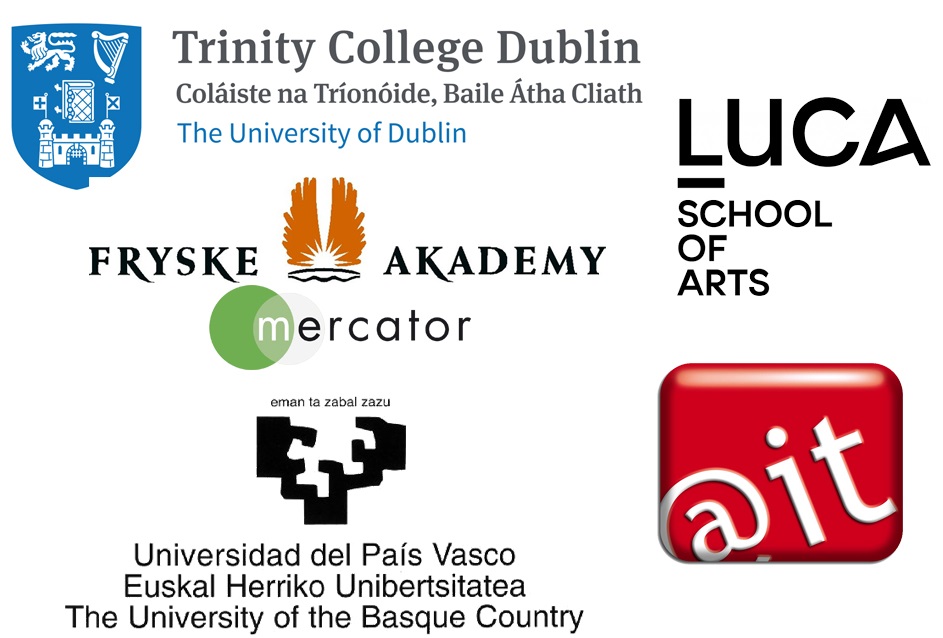Pedagogical Translanguaging
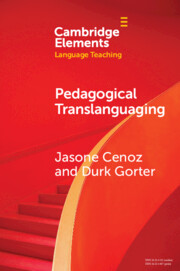
This book by Jasone Cenoz and Durk Gorter looks at the way pedagogical translanguaging can be applied in language and content classes and how it can be valuable for the protection and promotion of minority languages.
Learning through the medium of a second or additional language is becoming very common in different parts of the world because of the increasing use of English as the language of instruction and the mobility of populations. This situation demands a specific approach that considers multilingualism as its core. Pedagogical translanguaging is a theoretical and instructional approach that aims at improving language and content competences in school contexts by using resources from the learner’s whole linguistic repertoire. Pedagogical translanguaging is learner-centred and endorses the support and development of all the languages used by learners. It fosters the development of metalinguistic awareness by softening of boundaries between languages when learning languages and content. The book can be downloaded for free here.
Language and Languages in the Primary School: some guidelines for teachers
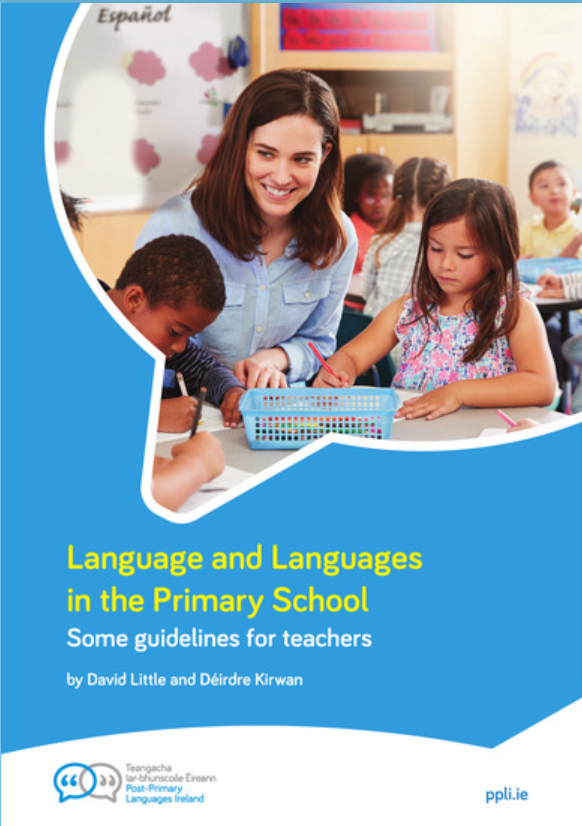
These guidelines by David Little and Déirdre Kirwan are aimed at primary school teachers and principles. They are designed to help respond to the challenges of the Primary Language Curriculum, include the home languages of EAL pupils in the activities of classrooms, and develop pupils’ intercultural learning. The guidelines are produced under Languages Connect: Ireland’s Foreign Languages in Education Strategy, and are useful in the context of positive attitudes and appreciation of cultural diversity in the classroom and beyond, as well as fostering an interest and curiosity in learning further languages and intercultural communication. You can find the publication here.
Engaging Language Learners in Contemporary Classrooms
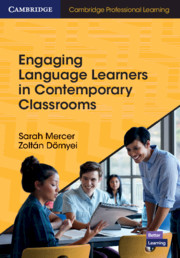
Engaging Language Learners in Contemporary Classrooms by Sarah Mercer and Zoltán Dörnyei offers a fresh perspective on engagement, with an emphasis on how teachers can create the conditions for active engagement and the role learners can play in shaping the way they learn. Drawing on extensive theoretical knowledge, the book takes an applied approach, providing clear principles and practical strategies for teachers. For more information and a copy of the book, click here.
Engaging with Linguistic Diversity – A Study of Educational Inclusion in an Irish Primary School
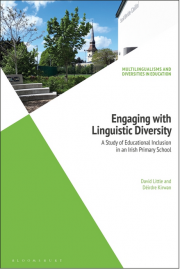
Engaging with Linguistic Diversity by David Little and Déirdre Kirwan describes an innovative and highly successful approach to inclusive plurilingual education at primary level. The approach was developed by Scoil Bhríde (Cailíní), Blanchardstown, as a way of converting extreme linguistic diversity – more than 50 home languages in a school of 320 pupils – into educational capital. The central feature of the approach is the inclusion of home languages in classroom communication. For more information and to get a copy, click here.
Ed Trust-NY and others issue guidelines with a focus on multilinual learning during the Coronavirus
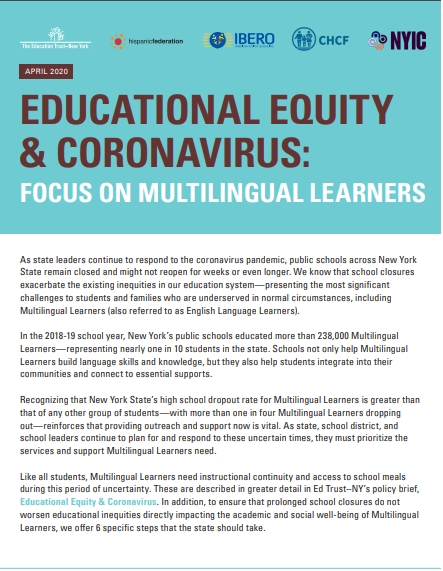
The importance of making sure that educational authorities do not lose sight of the needs of multilingual learners during the Covid-19 pandemic has been underlined with the publication of a useful set of guidelines by Ed Trust-NY in the US. These guidelines take as a starting point the acknowledged fact that school closures exacerbate the existing inequities in education systems – presenting the most significant challenges to students and families who are underserved in normal circumstances, including Multilingual Learners (also referred to as English Language Learners). Get your copy of the guidelines here.
The future of language education in Europe: case studies of innovative practices
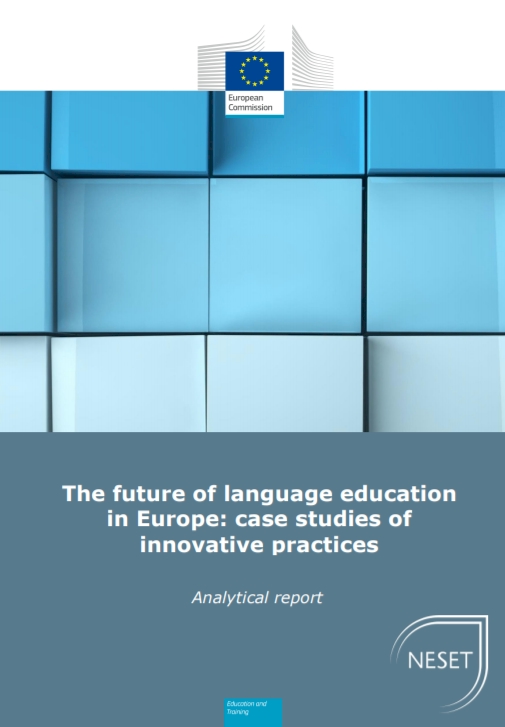
Linguistic diversity is one of the great strengths of the European Union. To foster the potential of linguistic diversity to support multilingual competences and help overcome its possible challenges, innovative policies and practices in language teaching must be implemented across classrooms, schools, regions and countries. The main purpose of this report written by Emmanuelle Le Pichon-Vorstman, Hanna Siarova and Eszter Szőnyi is to explore emerging innovative approaches and strategies of language teaching in Europe supporting learners’ plurilingualism, inspire educators and policy makers to innovate and implement forward-looking policies and practices in language education, and contribute to the implementation of the EU Council Recommendation on a comprehensive approach to the teaching and learning of languages.
Multilingual Approaches for Teaching and Learning
From Acknowledging to Capitalising on Multilingualism in European Mainstream Education
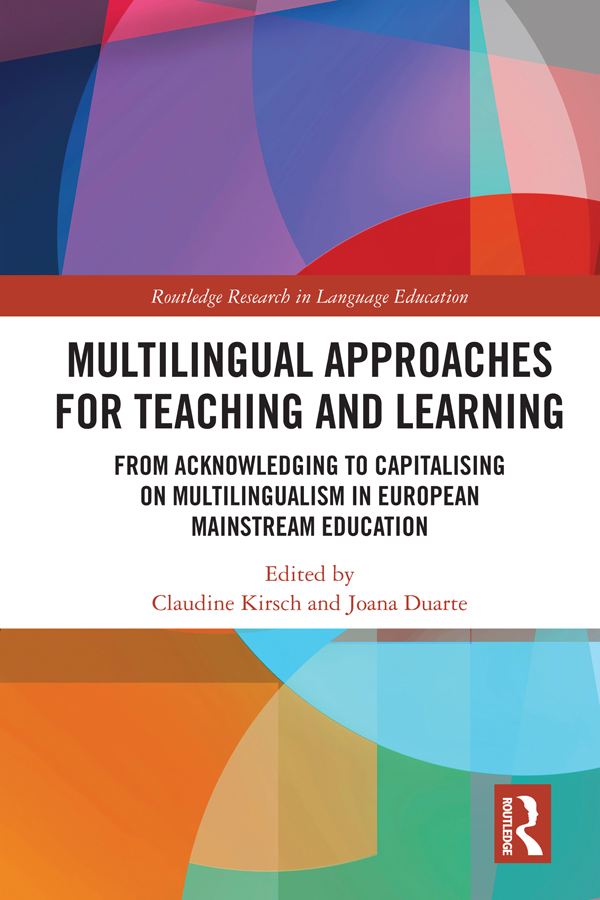
This new book edited by Claudine Kirsch and Joana Duarte has just been published by Taylor & Francis Group. It outlines the opportunities and challenges of multilingual approaches in mainstream education in Europe. The book, which draws on research findings from several officially monolingual, bilingual, and multilingual countries in Europe, discusses approaches to multilingual education which capitalise on students’ multilingual resources from early childhood to higher education. This book synthesises research on multilingual education, relates theory to practice, and discusses different pedagogical approaches from diverse perspectives.
The first section of the book outlines multilingual approaches in early childhood education and primary school, the second looks at multilingual approaches in secondary school and higher education, and the third examines the influence of parents, policy-makers, and professional development on the implementation and sustainability of multilingual approaches. The book demonstrates that educators can leverage students’ multilingualism to promote learning and help students achieve their full potential.
This book will be of great interest to academics, researchers, and postgraduate students in the fields of language education, psychology, sociolinguistics, and applied linguistics.
Research into richness of vocabulary in children’s television
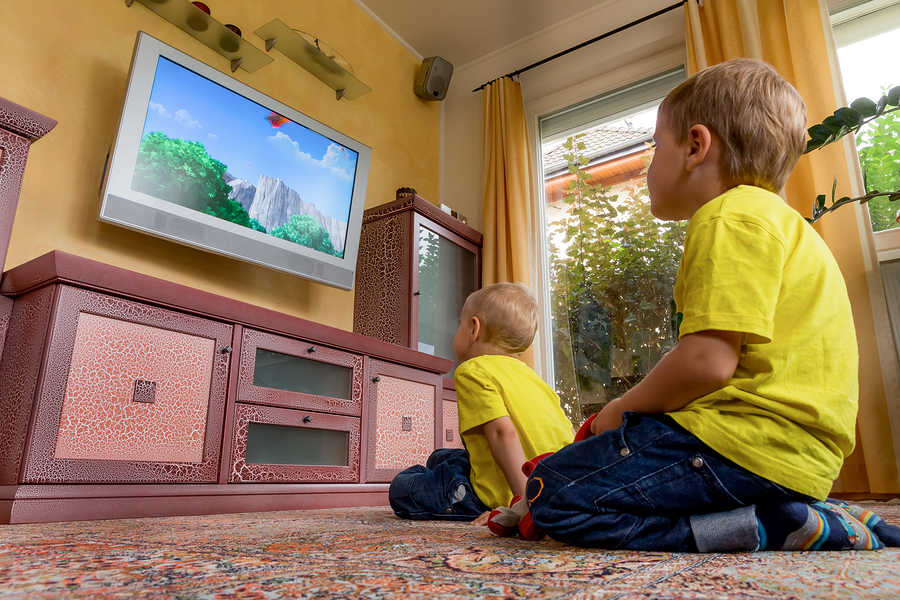
It seems that there is a change in the richness of vocabulary used in children’s TV programming in Ireland when comparing patterns of usage in programmes broadcast in 1992 with those in 2017. This finding comes from research carried out by VirtuLApp partner Kathleen Mc Tiernan from TCD in Dublin with her colleagues and published in the Journal of the Irish Association of Applied Linguistics (Teanga).In this investigation, the research team discovered that the richness of the vocabulary used in children’s television has decreased over time while the number of words spoken has increased over time, with this increase being significant for action and attribute words. This pattern of findings reflects a trend in children’s television towards the production of programmes of reduced lexical complexity which may facilitate children’s word learning.
Translanguaging in the context of mainstream multilingual education
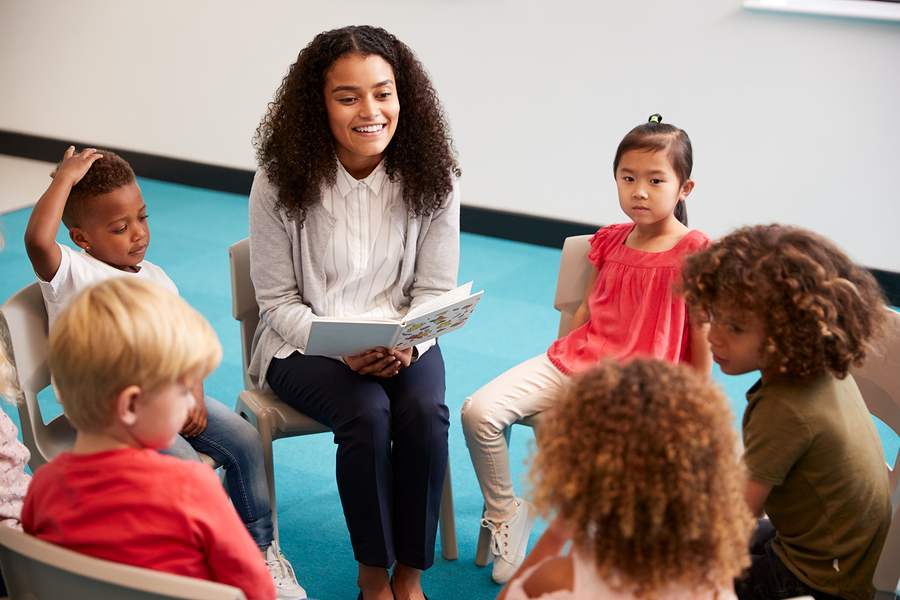
This article by Joana Duarte was published in the International Journal of Multilingualism in 2018. It focuses on translanguaging which in the context of multilingual education has been has been as a means of including several languages in the classroom. However, teachers often assess translanguaging-based approaches as being too vague and idealist. This study discusses data from two settings (Luxembourg and Netherlands) in which teachers put the concept of translanguaging into practice to include both migrant and minority languages in their regular schools. Examples from each dataset show the different functions of translanguaging in the two settings. Analyses of classroom transcripts from these schools shows how translanguaging can be used as a pedagogical strategy to acknowledge migrant languages, achieve less language separation in traditional immersion models and to increase content understanding.
Language Awareness and Multilingualism
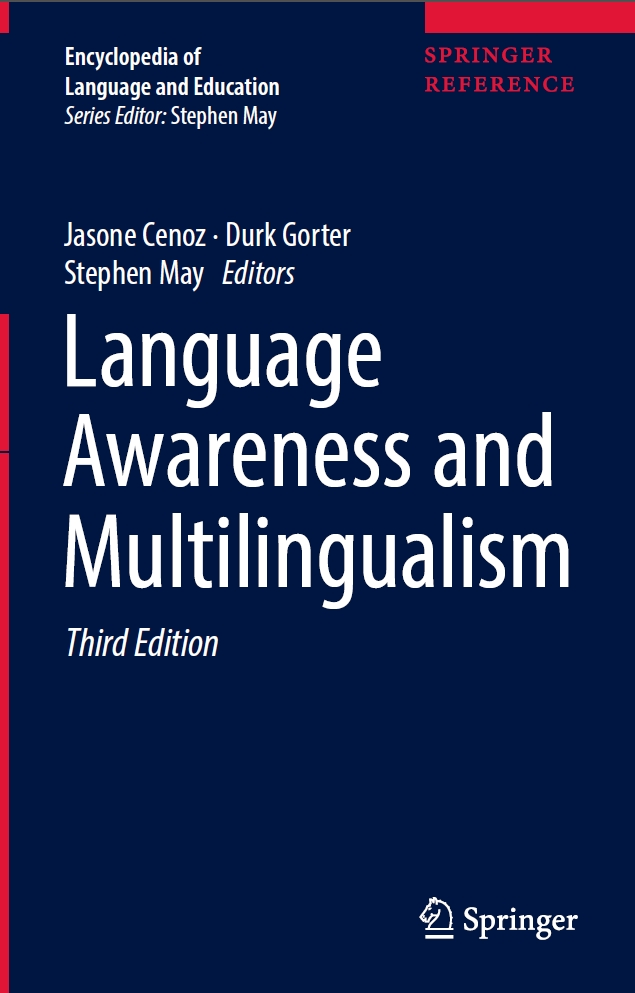
This book edited by Jasone Cenoz, Durk Gorter and Stephen May and published by Springer one of ten volumes of the Encyclopedia of Language and Education published by Springer. This third edition in 2017 is the benchmark reference text in its field.It is a comprehensive study of language awareness or knowledge about language in education which includes 29 contributions. taken together they provide provide an informative introduction to the complexities and controversies in this developing field of knowledge. The collection as a whole covers a broad spectrum of approaches, from educational to psycholinguistic and sociolinguistic, as well as the study of critical language awareness. The volume takes an interdisciplinary approach and illuminates the crucial role of language awareness in education.
A holistic model for multilingualism in education
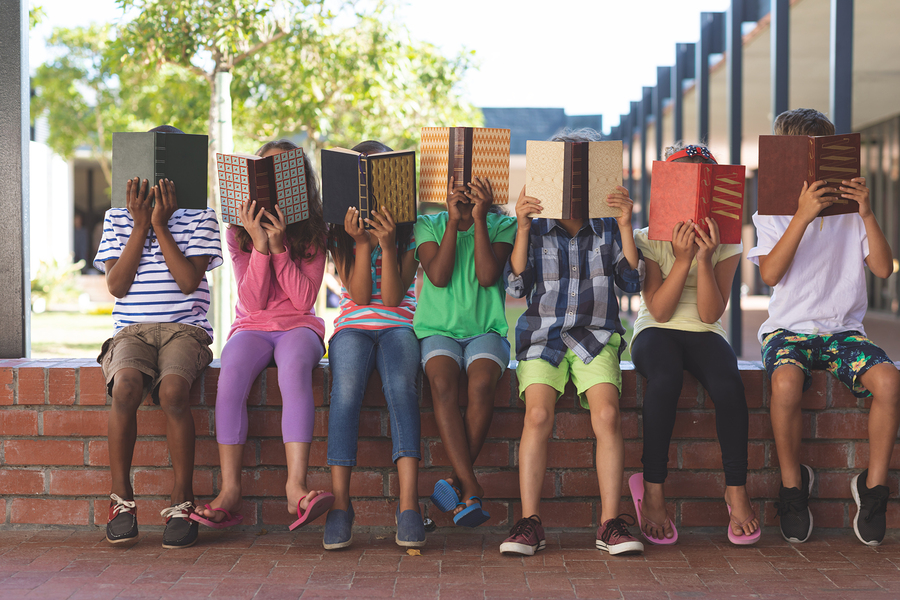
This article published by Joana Duarte and Mirjam Guenther-van der Meij in the EuroAmerican Journal of Applied Linguistics and Languages and available in Researchgate in 2018 presents a holistic model for multilingualism in education, which combines different approaches to teaching and knowledge and places them in a continuum—from the acknowledgement of different languages to their actual use as a language of instruction. The model addresses attitudes, knowledge, and skills related to the multilingualism of both teachers and students and is suitable for different school types and students (i.e., for both minority and migrant students). The model is tested in the northern Netherlands in a multilingual education project that combines different approaches to multilingual education for both migrant and minority learners.


